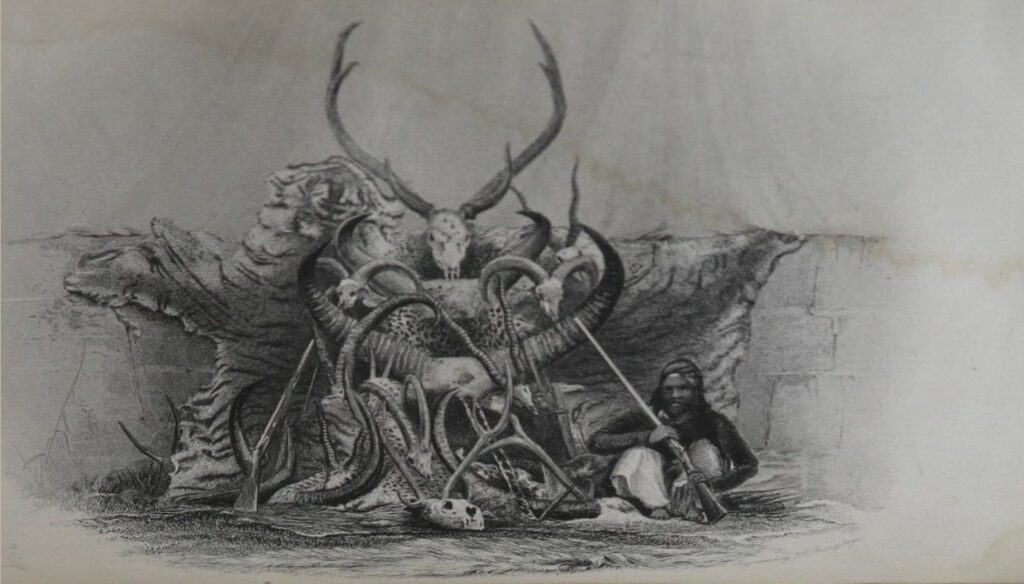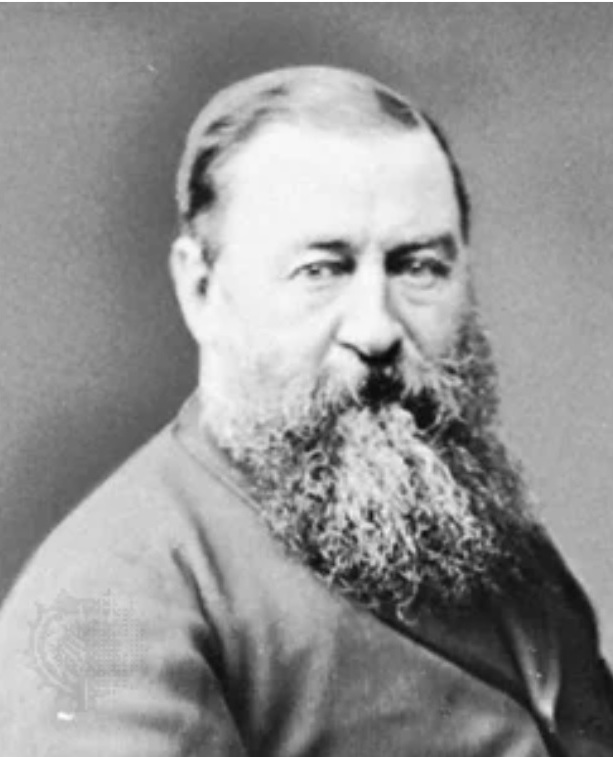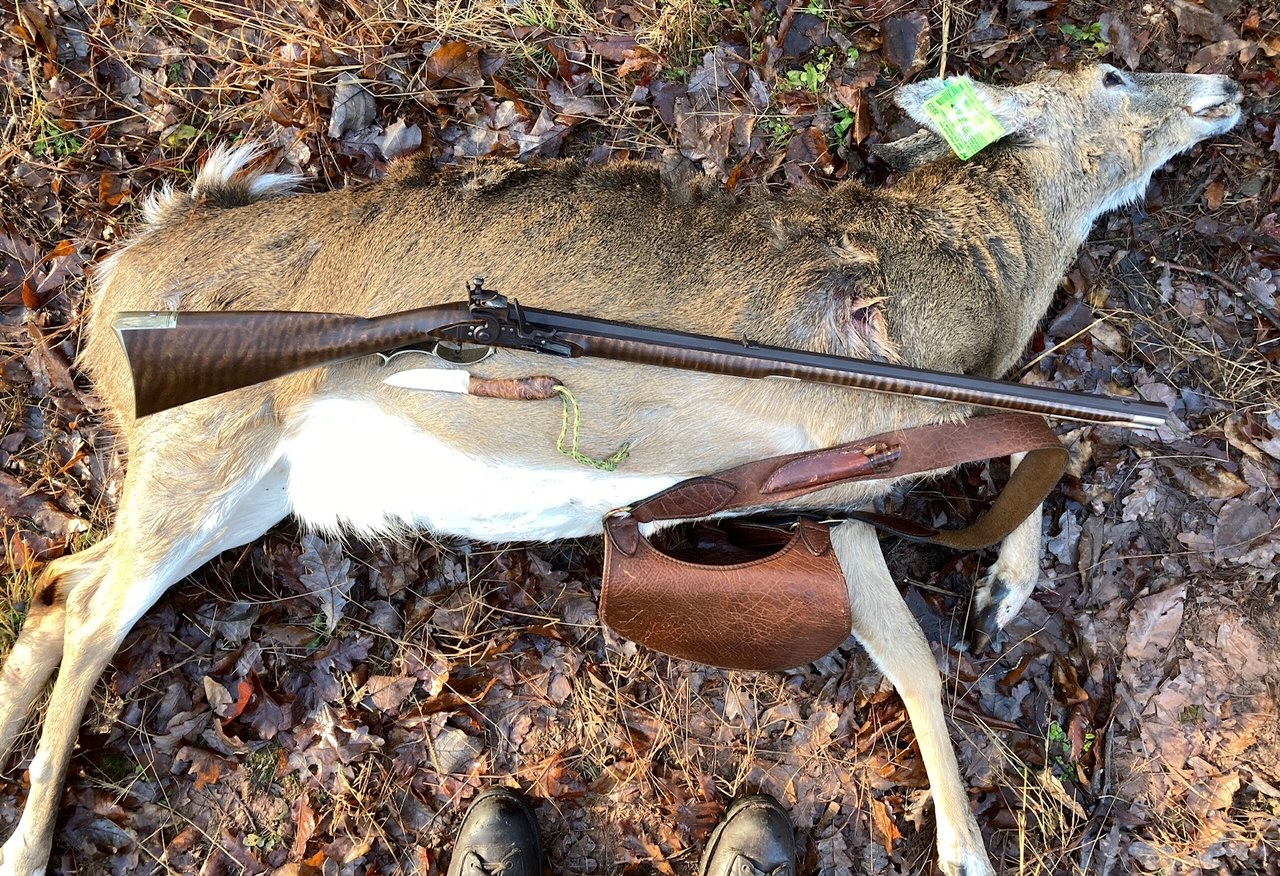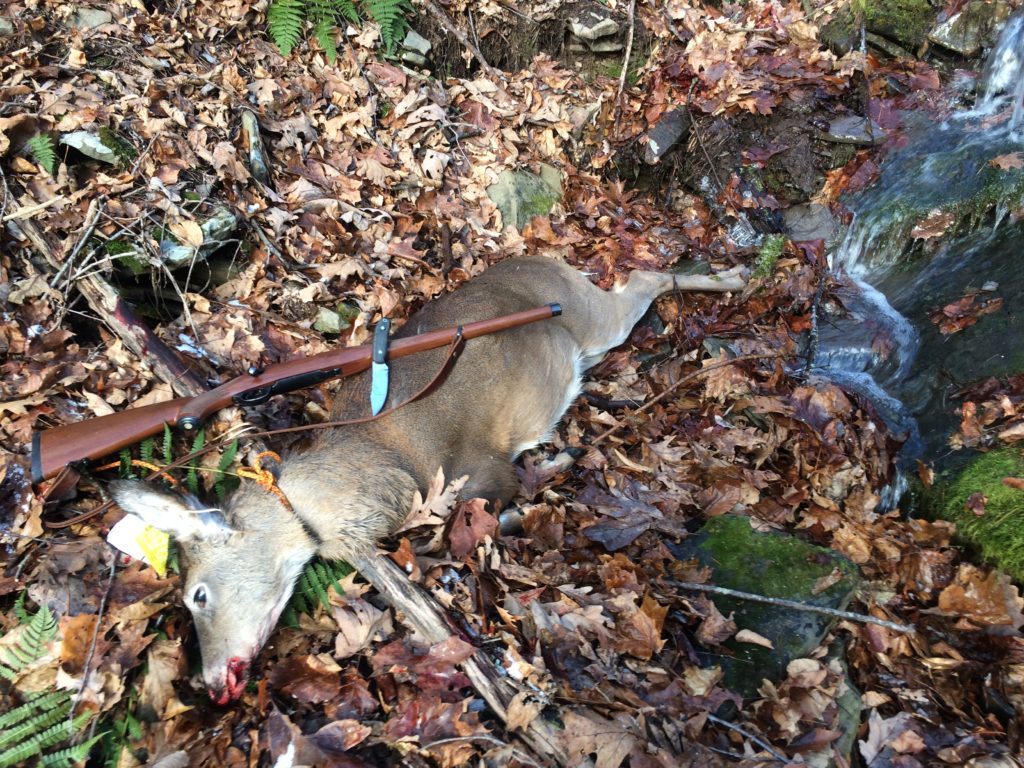Posts Tagged → skill
Don’t trust anyone under thirty
A few weeks before I was born, a leftist activist in Berkeley, California, said “Don’t trust anyone over thirty” in a newspaper interview, and a star was born.
What young Jack Weinberg was saying in that late 1964 interview was that a generation gap had developed between America’s youth and our elders at the time. In 1964, the young people were using language and ideas that their elders could not understand, and did not approve of when they did understand them. Weinberg’s point then was that people over thirty years old could not be trusted, because they could not understand or relate to the young people and held onto old fashioned ideas. There was a sense among young people that they were leading a movement for positive change that would make America even better.
While those young people were wrong about an awful lot, like most everything they promoted, they were right about the Vietnam War. And it was the daily images from that bloody, sad war that energized Jack Weinberg and his fellow activists most, and enabled them to implement a whole bunch of real crap that has still damaged America to this very moment.
Fast forward a couple decades, when I was in graduate school down south back in the late 1980s, and my former hippie dad sent me a funny post card with a cartoon of an aging hippie saying the “Don’t trust anyone over thirty” line, which was crossed out. And then there were subsequent lines, each one crossed out: “Don’t trust anyone over forty, Don’t trust anyone over fifty.” The implication being that the once-young hippies had grown up and themselves become the conservative elders they once rejected, and if Jack Weinberg’s truism was going to still hold true for them all those decades later, it was going to have to keep up with the march of time, age, grey hair, and robust bank accounts and retirement plans. My dad was poking fun at himself, and admitting that he had become that which he once rejected.
And what eventually happened to Jack Weinberg, Abbie Hoffman, Jerry Rubin, and the other 1960s radical leftist Jews and their Christian colleagues? They eventually almost all grew up, bought nice clothes, got married, bought a home, got jobs selling stocks, in law, and accounting. All their silly radical generation gap nonsense was discarded. Many of them found God, and became the hard working middle income earners their parents had aspired to be.
Now let’s fast forward another couple decades and I am talking to a class of college students in central Pennsylvania. Invited by professor Andrea, I mostly answer questions about my perspective on “climate change”, environmental protection, the role and purpose of government, marriage, gardening, owning guns, and work life. Afterwards, Andrea confided to me that her own students accuse her of being a conservative because she is married to a man, with whom she has two kids, a home, a car, a dog, and a mortgage.
“Josh, never in a million years did I think that by being a traditional liberal would I be accused of being a right wing reactionary,” she told me, with her eyes bugging out in surprise.
And this is why we can no longer trust anyone under thirty years of age. These young, untested, pampered, entitled, spoiled goofs clogging up our colleges and street protests and Tik Tok video feeds are not only politically radicalized, they are incapable of growing out of it. These are not the happy hippies of the 1960s, rather, these are monsters.
Their overweening parents have protected them from reality all their lives, allowed them to become culturally indoctrinated in government schools resulting in no actual skills like knowledge of math and science, but great skills in yelling at people they don’t know while crying about boo-boo words. Unlike yesteryear’s working class hippies they want to emulate, today’s kids don’t know anything and cannot do anything, so much so that they are at risk of never growing up and never being able to grow up.
This is where today’s young people diverge from the Jack Weinbergs, Abbie Hoffmans, and Jerry Rubins of the 1960s and 1970s. Young people in the 1960s still had an American work ethic and knew basic right from wrong. They thirsted for knowledge and trusted science. Today’s kids mostly have zero work ethic, know zero actual facts, have no useable skills, can’t tell a man from a woman, and have no moral compass. And they are not interested in anything that gets in the way of their five dollar latte.
Today’s young people have become not an agent for change, but for destruction. We can’t understand them because they don’t understand themselves and probably can’t ever. Today’s young people are a dire threat to themselves and to the rest of us who rely on the rule of law and the application of modern science in our daily lives. Their nonsensical ideas about hiring scientists and engineers based on skin color and allegiance to Marxist principles instead of merit and skill is why Boeing planes are suddenly disintegrating and nearly hitting each other in the air, and why schools everywhere at all levels have openly given up on teaching math and science in lieu of teaching racism against white people, enforcing silly pronouns rules, and subjectively respecting “feelings” above all or “I will throw a crying tantrum while simultaneously beating the snot out of the offender.”
Today’s under-thirty man-child crowd is soon going to be at the controls of America, and it won’t be a sustainable situation. We don’t trust these people for good reason, and unlike the young people of the 1960s who eventually grew up and contributed to America, there is nothing funny or cute about this situation.
Today’s young people aspire to be permanent wards of the state, while their elders work to support them, and also bow and scrape and constantly apologize for whatever imaginary hurt the woman-child has just experienced.
America is in a world of trouble.

America’s young have this fantasy that they can simply force everyone to adopt whatever crazy ideas they have, no matter how destructive

Biden DOJ is suing Texas and others because Biden DOJ does not want federal immigration law enforced. Think about this crazy treason

I am not making this stuff up, just using their own images and their own words (arch demon Adolf Hitler on left)
A simple request of PA hunters
A simple request for our Pennsylvania hunters: Be hunters, not assassins.
Relying on technology to obtain an animal whose senses you cannot defeat within fair chase distances because your hunting skills are stubby is lame. Killing animals from far outside their hearing, smell, eyesight is not hunting, it is just killing, an assassination. This is not fair chase.
If you are strictly subsistence hunting, I understand, but if you are adhering to fair chase and sporting chances, this long distance stuff ain’t sport hunting. It is ultra cheeseball. Yeah I know, this whole obsession with long range sniping and ultra accuracy that came out of our military experience in Iraq and Afghanistan is cool. But it is not hunting.
A person who is sniping wild animals at hundreds of yards has expended zero skill or effort to defeat the animal’s natural defenses. You might as well drop a hellfire on it from a drone. And yeah, there’s probably a lot of “gamers” who will claim that that also takes “skill” and is “hunting.” Stop it. You are debasing yourself with this crap. Pick up an open sighted 30-30 lever action and learn what hunting is again or for the first time. You deserve it, the animals deserve it, the sport deserves it.
Good luck out there this deer season.
If you are going to hunt flintlock, you must practice, practice, practice
Flintlock hunting season ended in southeastern Pennsylvania two weeks ago, and for those hunters who had either not yet harvested a deer or, who, in the alternative, are usually highly successful, it was a last ditch chance to fill a doe tag or the unused buck tag. I know full well from my own feeling, as well as from hearing from other hunters similar to me, that despite having a good season (I killed four deer in two counties. One with a percussion rifle in October, two in rifle season with an open sight 308 Ruger RSI, and one with a flintlock in January), that sense of lost opportunity hangs pretty heavy. Perversely, the more successful a hunter is, the more successful he feels he must be with all remaining tags and opportunities.
In the old days (of my youth and long before then) that lost opportunity was called the “horse collar,” and however we might describe this nagging feeling, it can be a pretty tough driver. Guys (definitely guys only; women are too smart or doing too much real, important work to act this way) will just throw themselves into the late flintlock season hard. That unused tag weighs heavier and heavier as the season winds down, the deer get so much more skittish, and we feel the last opportunities to prove ourselves slipping through our cold gloved fingers.
On top of the usual limitations listed above, I unnecessarily handicapped myself badly before flintlock season started: I failed to practice shooting with my flintlock ahead of time. If there is one hard fact chiseled in granite about flintlocks that everyone knows, it is that they require regular practice in order to shoot them half decently. Especially before hunting big game with one. Not just because they require lots of little pieces of metal and a rock to all quickly and seamlessly work together to make the barrel go BOOM, but because a big flash of flame and smoke goes off right in the shooter’s face.
And that big flash in the powder pan in your face makes those people who have not practiced and become used to the flash flinch badly. It is natural to flinch your face away from a fiery explosion. And when you flinch, you are sure as shootin’ gonna miss. Hence the moniker “flinchlock.”
And flinch-miss I did this past late December and early January. A lot. Missed a deer in Lycoming County, missed a whole bunch of times in Dauphin County, including a dandy buck. In fact there was one doe I missed three times on three days in one week with two different flintlock rifles, all from close range. All because I had not practiced before the season.
When I finally did take a deer in the late season, it was because I had patterned him, a huge buck, all year, and I had just encountered his tracks and knew where he was likely to come in to investigate the smell of a late season doe in heat. And in fact he did show up, right where he should have come. At first he was just a faint shadow within many shadows in the big forest’s early morning half light.
I wasn’t even sure he was a deer when he first showed up. He just appeared, then stood behind trees, then behind a bush, looking around intently, never offering a good shot on his vitals. When he finally stepped into a shooting lane, I knew it was him only because of his enormous body and the improved daylight that let me take in the steer-like curves of his shoulders and hindquarters.
His huge 150 inch class antlers had prematurely dropped (which this year seemed to be the rule across northern and even parts of southern Pennsylvania), and then he, too, dropped. The round ball hit him square on the ribs and took out his lungs and the very top of his heart. After a late season of many misses, it is OK to admit that I only hit him because I had the rifle on a solid rest and I was seated. And that by that time I was not surprised when the flash went off with the BOOM of the rifle, but rather I was cool as hell and stayed looking straight down the barrel with good hold-through, watching him kick a few times through the smoke cloud that enveloped us both.
I do not name bucks, because it does not appeal to me to do so. But I still knew who this buck was from having encountered him several times over the past eight years. Several years ago I saw him twice in bear season, and his rack was good. In 2021 he came in to investigate some doe pee on a remote hillside, alongside a smaller deer with an unbelievably symmetrical ten point rack. I took the perfect rack and watched the bigger one run off. By January 2023 he had not an ounce of fat on his entire brute body whose hide will square twelve feet. He also had a huge rotting hole in one hoof (his hooves were each the size of my hand), and no teeth left on his jaw. This sagacious deer, whatever his name was, had attained the rarity of great grandfather status in the woods, and regardless of how cagey he was, his days were numbered. One way or another, he was destined to die soon.
Despite looking several times in the right places for his shed antlers, they did not show themselves. Possibly because a utility line right-of-way clearing crew had come through ahead of me. But who cares about finding his big antlers, right? His immense estimated ninety pounds of meat is right now feeding two families, and I shook off the horse collar from all the prior missing I had done.
Learn from my mistake: Practice, practice, practice with your flintlock before the season. And then the day before season opens, snap a couple of pans of priming powder on an empty barrel while aiming at a picture on the wall. Just to keep from flinching and missing.
And one more thing: Flintlock hunting attracts me intensely because it requires all of the skills a real hunter must have to be successful. Open sights, hold through, stealth and good wood craft, patience, etc. This is real hunting. There are no unethical lazy long range assassinations of unsuspecting wild game with a flintlock.
Oh, and one more thing: Apparently the Super Bowl starts soon. Super Bowl? Never heard of it. The NFL lost me a long time ago, in 2016 to be exact, with all of the anti America kneeling crap. And apparently tonight there is supposed to be yet another woke racial song sung at halftime. My time is worth much more to me than to spend it on and with such useless people as this. Instead of watching this game played by spoiled brats, I will be building a new work table.
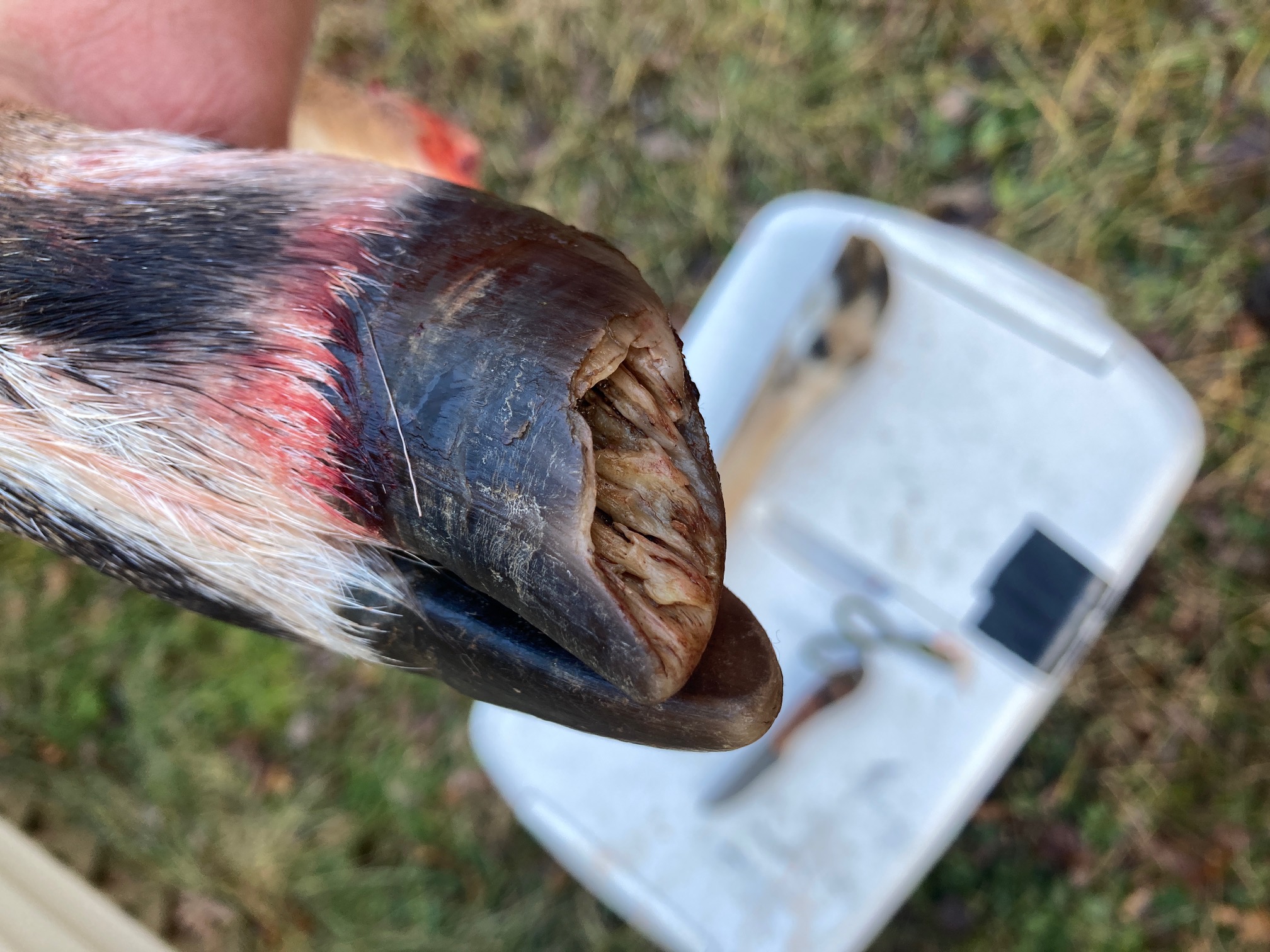
Huge old deer had weirdly rounded hooves and this big rotting hole in one hoof. His entire leg above this was enlarged, probably infected. All of his teeth were gone, completely worn down. His belly was full of grass, because he was unable to browse brush any longer.
Primitive hunting techniques are more important than ever
In this day and age of popular stainless steel and plastic hunting rifles and Hubble telescope-sized rifle scopes, primitive hunting techniques and weapons are more important than ever. Something in the bad age of video games and instant gratification happened to the American character in the past thirty years or so, and so many young Americans have become lazy and even a bit heartless, as a result. Hunting culture has suffered from this, too. Really badly. Today’s focus seems to be predominantly on the kill, and much less on the process of the hunt.
Those curious about the distinction here should look up some neat videos from real hunters in the big woods of Vermont, Pennsylvania, and the Adirondacks.
Hunting should never be just about, or mostly about, killing an animal. Especially if the hunter wants to call it a trophy and put it up on his or her wall as a representation of his skill.
People trying to justify 300, 400 yard long range shots (or farther) on unsuspecting animals are not hunting, they are assassinating. Their wood craft often sucks, their field craft is limited to wearing camouflage, and their knowledge of the game animal is negligible. They are not really hunters, but rather shooters. Their high-tech guns, ammo, and rifle scopes are a crutch diminishing their need for good woodcraft, and it also results in a lack of appreciation for an actual hunt, and a lower value placed on the animal.
Culling oversized wild animal populations for the benefit of the environment is one thing, but hunting wild animals for pleasure and clean meat should be accomplished with skill. Age-old skills that everyone can respect. Hard-won wild animals taken with real skill under fair chase conditions are all trophies.
An unsuspecting big game animal assassinated at long range (or worse, inside a high fence, or over bait) requires very little hunting skill, and can never be said to be a trophy that is reflective of the hunter’s skill set. And yet isn’t this why so many hunters want big antlers and broad hides? They see these big animals as a reflection of their hunting prowess, of their manhood, their chest-thumping status within the outdoors community. As a result, America has developed a hunting culture driven by bigger-is-better trophies, at any cost, all too often achieved through long-range assassinations of unsuspecting wildlife, or over bait. Fair chase, which has always been at the heart of hunting, has been tossed away in favor of quick gratification and unfounded ego bragging rights.
The primary reason why primitive hunting weapons are so important today, is that someone has to keep the culture of hunting alive. What is a primitive hunting weapon? Pretty much any legal implement that requires the hunter to work hard to develop unique field craft/ wood craft skills, including the ability to penetrate within a fairly close range of the prey animal’s eyes, ears, and nose: Any bow (compound bow, stick bow, self bow, longbow, or other hand-held vertically limbed bow), spear, atl-atl, open-sighted black powder or centerfire rifle, any large bore handgun with or without a scope, should qualify. Flintlocks, percussion cap black powder muzzleloaders, and traditional bows are especially challenging to master and to harvest wild game with.
All of these primitive weapons require the hunter to actually hunt, to rely upon his woodcraft to carry him quietly and unseen across the landscape, and into a fair and close range of his prey animal. Animals taken with primitive weapons and techniques are earned in every way, and therefore they are fully appreciated.
Few experiences bother me more than watching some internet video of a fourteen year-old hunter running his hands over the antlers of a recently deceased buck, and listening to this inexperienced mere child discuss the finer aspects of this rack, its inches, its points, its relative size, and its (barf on my feet) trail camera name. Usually the child has shot the deer from an elevated box blind that conceals all of the hunter’s scent, sound, and movement. Whoever has taught these kids to hunt this way exclusively, and to then look at deer harvested this way as so many bragging rights, has done a huge disservice to these kids. These kids are going to grow up into poachers and baiters, always trying to prove how great of a “hunter” they are, and how studly and manly they are, at any cost. They will end up doing anything to score the next “record book” animal. These young kids who are being warped right now with this trophy nonsense are the future of America’s hunting culture, and what a crappy culture it will be if it is dominated by big egos and even bigger mouths armed with sniper rifles and no actual hunting skill.
Moms, dads, grandpas and uncles who are beginning to teach kids to hunt right now can do two simple things that will ensure their little student grows up into an ethical, responsible, high quality, law-abiding hunter: Make them use open sights on single-shot firearms and bows.
The skills that young hunters develop from having to rely on open sights and single shots (primitive weapons) will force them to achieve a high level of field craft, wood craft, and fair chase values. Developing skill requires a person to overcome challenges and adversity, often making mistakes along the way. And that results in better character.
Forcing kids to get close to their prey animal, and to take only carefully aimed shots with just open sights, will result in people who become really excellent hunters. Adults can always opt to add a scope to their rifle as their eyes age, but the lessons learned early on in concealment, controlling movement, playing wind direction, and instinctive shooting will keep the respectable art of hunting alive and well.
This Fall, get your little one started on a flintlock or old Fred Bear recurve bow from the get-go, for squirrels and deer, and watch as a true hunter is born.
Father’s Day
Today is Father’s Day, the day we celebrate our dads, the people who helped us grow into young men and women. For thousands of years, fathers have been the protectors and providers for their families, and they have traditionally been the source of life-saving wisdom and decision making. The lessons and skills they teach their children, especially their sons, are essential for living life properly.
Thank you to my dad, for teaching me to use a chainsaw and an axe from a young age. For giving me the childhood chore of splitting and stacking firewood all summer long, so that our family would have heat and comfort all winter long. Other chores included weeding the garden and shooting pests like chipmunks, squirrels, and groundhogs, all of whom could easily do tremendous damage to the garden in just minutes. And while these chores trained me in self-reliance, hard work, and planning ahead, it was the one thing that dad would not let me do that probably shaped me the most.
Although my dad comes from a hunting family, he himself did not and still to this day does not hunt. Oh, he appreciates wild game and will eat it over everything else, given a choice. But when I started taking my BB gun on deer hunts with neighbors at age eight, my dad always told me I had to get close to the animal to shoot it. As I grew into a young Indian or frontiersman out there in the wilds of southern Centre County, I was prohibited by dad from topping my rifles with scopes. Only open sights were allowed. He said using only open sights taught me woodcraft, requiring me to get close to the wild animals I wanted to harvest, before taking their lives.
“It is only fair,” he said. “You can’t just assassinate unsuspecting wild animals from hundreds of yards away. If you hunt, you must be a real hunter. You must get close and take the animal with skill, on its own terms, where it can see, hear and smell you. That is fair.”
And so last deer season, on a steep hillside deep within the Northcentral PA state forest complex, all of those lessons and preparation came together in one quick, fleeting second. I did the Elmer Fudd thing all alone, quietly sidehilling into the wind, trying to live up to Dad’s dictum. One cautious, slow step at a time. Eyes scanning ahead, downhill, and especially uphill. Ears on high alert for any sound other than the wind in the leaves. Big bucks that are bedded down high above where the puny humans might slip, stumble, and walk, are most likely to flee to higher ground when one of us Pleistocene guys shows up too close for comfort. Deer might hear or smell us coming a long way off, or they might see us at the last second because we are being quiet and playing the wind right, but they know that within a hundred yards or so, we can kill them. So they flee uphill, and in stumbling up against gravity and slippery things underfoot they give us shot opportunities we would not otherwise have.
And so when the strange <snap> sounded out ahead of me, just over the slight rise that led into the large bowl filled with mature timber and rock outcroppings, and an odd looking animal bolted down hill almost bouncing like a fisher, I quickly backpedaled.
Anticipating where the deer would emerge about 130 yards below me, I quickly and also carefully walked straight backwards to where a natural slight funnel in the ground provided a clear enough shooting lane down through the forest to a small stream bed. Anything passing between me and the stream would be broadside at moments, providing a clear shot through heart and lungs if I took careful aim.
And sure enough, the big doe filled one of those spaces so briefly that I don’t even recall seeing her. All I do recall is how the rifle butt fit carefully into the space between the backpack strap over my shoulder and the thick wool coat sleeve, and how the open sights briefly aligned with her chest. The thumb safety had been snicked off already without thinking, and the gun cracked. I fired the gun instinctively.
Quickly raising the binoculars to my face, the doe was clearly visible way down below me, lying fully outstretched on the forest floor just above the stream bank, like in mid-leap with her front hooves and rear hooves completely extended ahead and behind, except she was not moving. She was laying still, her neck fully stretched out on her front legs like she was taking a nap. I watched her tail twitch a few times and then knew she was dead.
Sliding on my butt down to her was more challenging than climbing up to where I had been still hunting her. Northcentral PA mountainsides are the most difficult terrain for humans, in my experience. It is topped with a layer of slippery leaves, then wet twigs and branches waiting underneath to act like oil-slicked icicles, ready to throw a boot way ahead of one’s body. If the wet leaves and branches don’t make you fall down, then the rotten talus rock waiting underneath the leaves and twigs will slide, causing you to either do an extra-wide wildly gesticulating split, or fall on your butt, or fall on your back.
So I scooted downhill to the doe, tobogganning on my butt on the slick forest floor, cradling the rifle against my chest, keeping my feet out ahead of me to brake against getting too much speed and hurtling out of control.
Arriving at her body, I marveled at how she resembled a mule. Her long horse face and her huge body were anything but deer-like. Her teeth were worn down, and she must have been at least five years old. The single fawn hanging around watching me indicated an older mother no longer able to bear twins or triplets. This old lady had done her job and had given us many new deer to hunt and watch over many deer years.
Normally, in such remote and rugged conditions I will quickly bone out the deer, removing all of the good meat and putting it in a large trash bag in my backpack, leaving the carcass ungutted and relatively intact for the forest scavengers. But this doe was so big that I just had to show her off to friends, and so after putting the 2G tag on her ear, I ran a pull rope around her neck and put a stick through her slit back legs, and began the long drag out.
This hunt has stayed with me almost every day since that day. I think about it all the time, because it was so rewarding in so many ways, and emblematic of being a good hunter. Not the least of which was the careful woodcraft that led up to the moment where the smart old doe was busted in her bed and then brought to hand with one careful shot as she loped away, far away. Just as easily I could have been a hunter clothed in bucksin, using a stick bow and arrow five thousand years ago.
Thanks, Dad, for all the good lessons, the chores, the hard work, the restrictions and requirements that made me the man I am today. Without your firmly guiding hand back then, I would not be the man I am today. And what kind of man am I? I am a fully developed hu-man; a competent hunter with the skill set only a dad can teach a son, even if it takes a lifetime.
[some will want to know: Rifle is a 1991 full-stock Ruger RSI Mannlicher in .308 Winchester with open sights. Bullets in the magazine were a motley assortment of Hornady, Winchester, and Federal 150-grain soft points, any one of which will kill a deer or a bear with one good shot. Binoculars are Leupold Pro Guide HD 8×32 on a Cabela’s cross-chest harness. Boots are Danner Canadians. Coat is a Filson buffalo check virgin wool cruiser. Pants are Filson wool. Backpack is a now discontinued LL Bean hunting pack, most closely resembling the current Ridge Runner pack. Knife is a custom SREK by John R. Johnson of Perry County]
Being Human: What is Your Rite of Passage
A rite of passage is quintessentially human. It goes back to our very beginnings as a species.
Achieving some important goal that separates children from adults, dependents from the self-reliant is a critical step in being a whole, healthy human.
Few opportunities exist in today’s material West. Playing video games in a virtual reality is the opposite of achievement, the opposite of reality. Compare the virtual lifestyle to the refugee survivors in Iraq and Syria. The adults there who managed to get their families to safety. They are real people, survivors. They are due respect.
This coming Monday is the Pennsylvania deer season opener. For rifle hunters.
About 700,000 hunters will go afield here on Monday.
For the youngsters among them, killing a deer is an important rite of passage. Hunting skills are as old as our species, and to many these skills are sacred.
Just because Giant has cheap meat doesn’t mean humans should trade away the most important skill set we can have.
Never know when you’ll need it again.
What’s your family’s rite of passage?
I am a happy PA Game Commission partner
For the past ten years, we have enrolled 350 acres in Centre County with the Pennsylvania Game Commission’s public access program.
We pay the taxes on the land, the PGC patrols the land, and the public hunts and traps on the land. From personal items left lying on the ground, like underpants and beer cans, it is clear that some members of the public are using it in more creative recreational ways.
Cleaning up these things is part of the burden we bear to provide the public with nice places to hunt and…”picnic.”
Because our land is surrounded by State Game Lands, it made sense to open it to the public. We were approached to lease it as a private hunting club, and we have resisted that for all these years. We recently sold 100 acres to PGC, and we wanted it to be a seamless experience for the public, used to walking in on a gated road and immediately hunting.
Overall our experience has been positive. Yes, we get frustrated by people leaving trash behind, when they could easily put it in the vehicle they brought it in with. But we take great satisfaction knowing that the majority of visitors are exhilarated to be there, and they use the land respectfully.
Our family is proud to help other Pennsylvanians have a beautiful place to hunt and trap, so that these ancient skills can be passed on to younger generations. We are proud and pleased to partner with the Pennsylvania Game Commission.
Hallelujah, fur is back in style
A wonderful evening stroll down Fifth Avenue reveals that among the world’s top fashion professionals, natural fur has made a 100% comeback.
Clothing that even I recognize and admire as stunningly beautiful is covered, trimmed, made of, and surrounded by natural furs from many species of animals.
Recall that animal fur was denigrated as cruelly gotten, and bored activists would scream at people wearing fur, sometimes throwing red dye on them. The shallow activists never addressed how their leather shoes and belts and purses and car seats squared up with their public opposition to people wearing other sorts of animal skins.
If hypocrisy is a hallmark of screechy activists, fur was the best example.
Fur is, after all, natural, biodegradable, renewable, and under modern wildlife laws, sustainable. Those are all rare qualities in a world filled with cheap plastic junk manufactured in an enormous prison camp called China.
The luxurious furs I looked at represented incredible skill. From the trappers who artfully snared the critters without damaging the pelt, to the tanners who carefully turned them into soft leather capable of being worked, to the cutters and seamstresses who took the supple leather (with the hair on, like a cow hide) and turned them into gorgeous clothes, throws, and warm accoutrements, the entire process is a long chain of long-enduring skills and appreciation of natural beauty and utility.
If fur was long politically incorrect, but now it is acceptable among the PC elites who run the fashion industry, what does this say about the philosophical leanings of the individuals behind this surge? One cannot help but think that the many gay men in the fashion industry, once emancipated in general society, would eventually hew to a more pragmatic view of life and politics.
After all, once you own a home and work for people willing to spend thousands of dollars on a single garment, you really do have a stake in the capitalist enterprise.
Perhaps the fur on display at Bergdorf Goodman, Saks, and other stores I looked at is a social statement by a bunch of quiet pragmatists, who have also had it with the faux anger and the overwrought hostility and the ubiquitous unhappiness that characterize Leftist politics.
Well done, chums.
And as a pretty bad but committed trapper myself, thank you.

